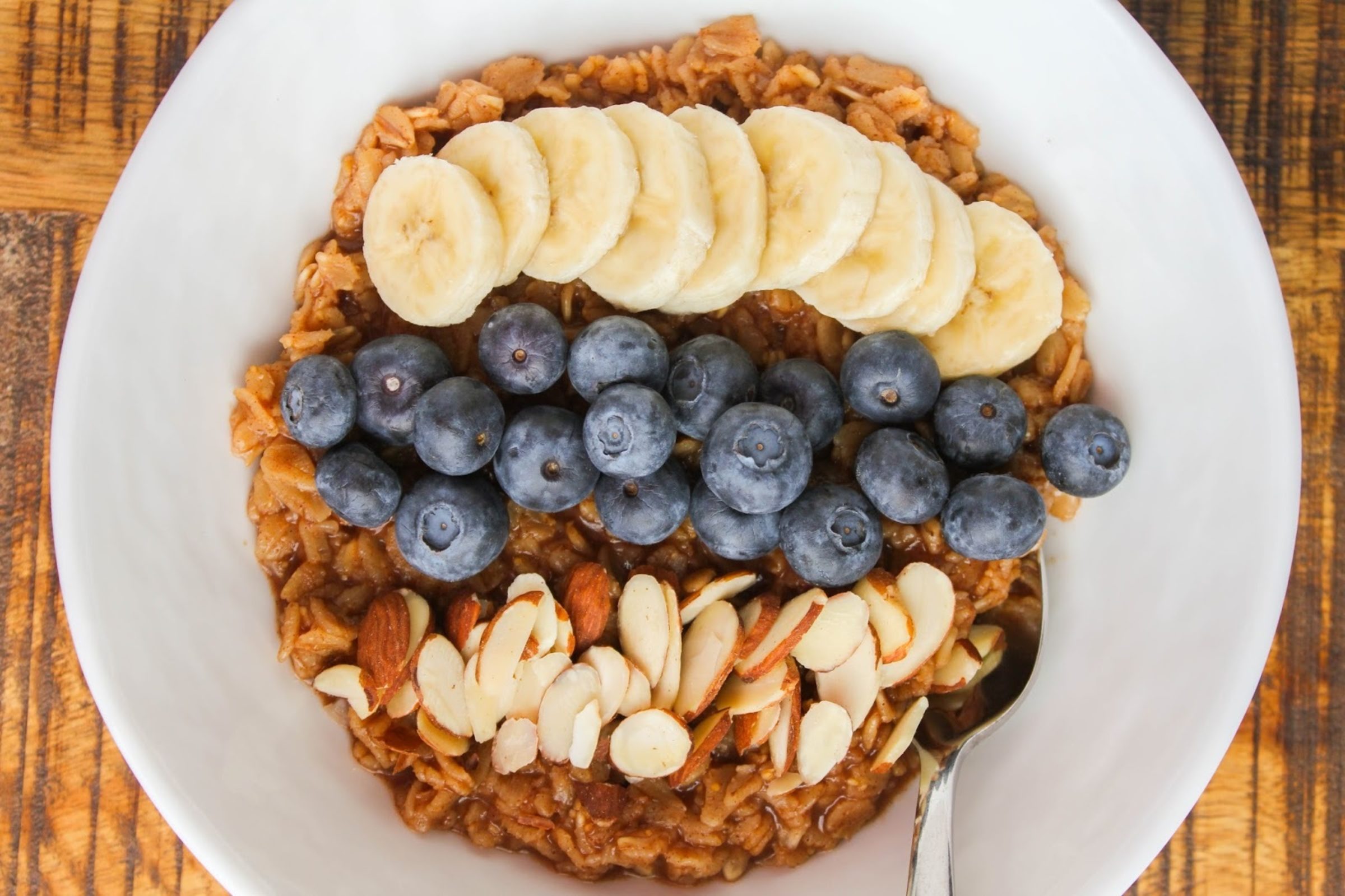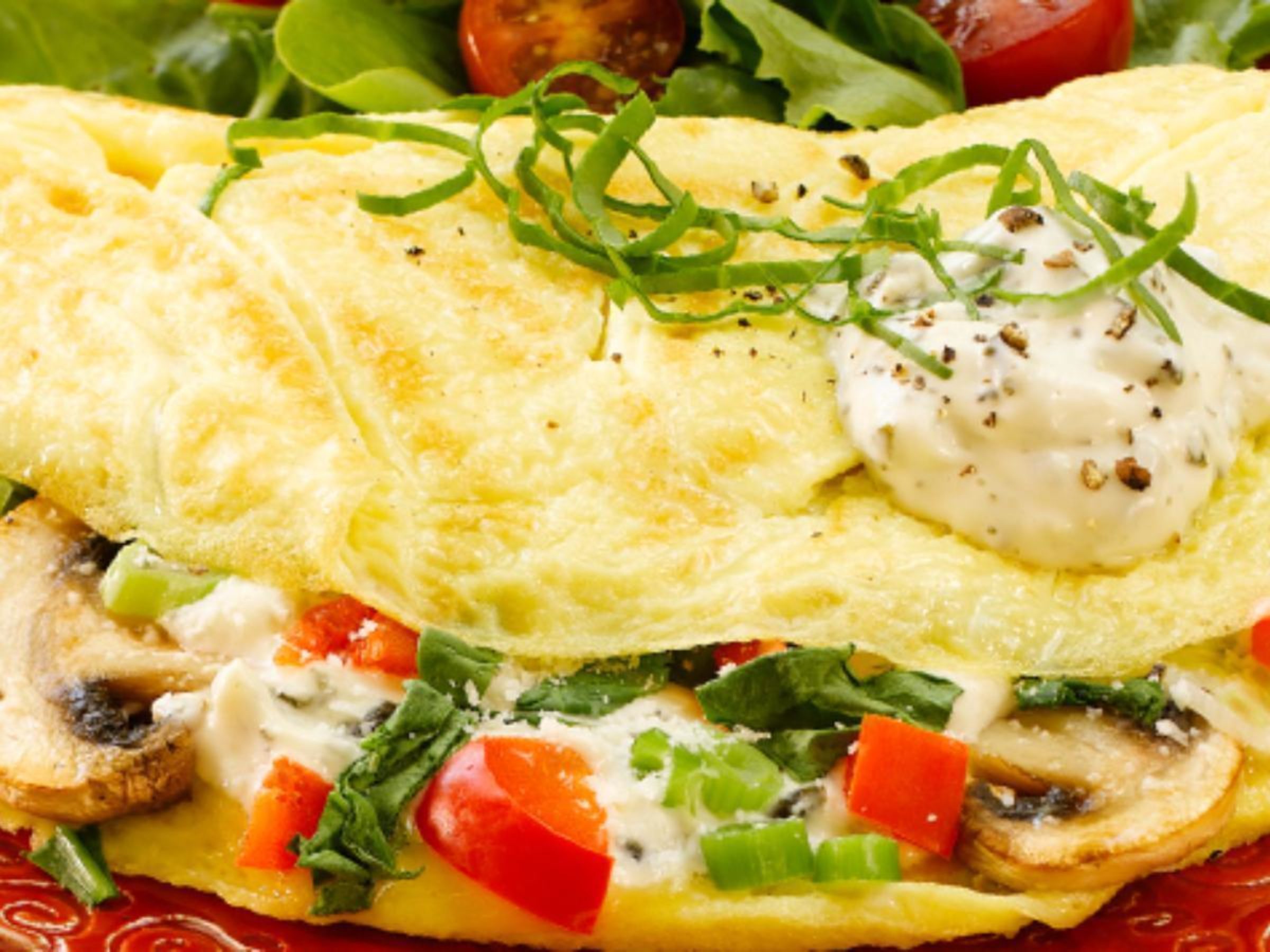July 2019 Tips for Fueling Summer Activities
By Kali LeMaster
Now that it’s summer, there are many opportunities to get active—walking, running, hiking, mountain biking, white water rafting, and even yoga with baby goats! It is essential to fuel our bodies appropriately so we can get the most out of our summer activity while maintaining healthy habits. Adequate food and fluid should be consumed before, during, and after physical activities to maintain energy, maximize performance, and promote recovery.

Everyone has different taste preferences, metabolisms, and digestive systems. There is no “one size fits all” nutrition plan so be sure to consult with a dietitian if you have questions or concerns. Make sure to listen to your body and do what works best for you.
Healthy eating practices BEFORE activity:
Take time to eat a nutritious meal/snack about two hours before activity. This will give your body fuel for the activity, and enough time to digest. A pre-activity meal/snack should include a moderate amount of carbohydrates and some protein. Carbohydrates are easily digestible and a great energy source. Everyone’s body will tolerate pre-activity meals/snacks differently, so it’s important to experiment with food type and timing until you find what works best for you. Some examples of pre-activity meals/snacks include:
- Oatmeal with berries, milk, and almonds
- Turkey and cheese sandwich with fruit
- Fruit and yogurt smoothie
- Egg, potato, and cheese breakfast wrap
Limit fats and large amounts of fiber because they take longer to digest, which can lead to discomfort, reduced energy, and difficult workouts. Nonacidic fruits are generally better tolerated before workouts.

Fueling DURING activity:
There is no need to worry about eating during activity if working out for 45 minutes or less. If you are active for longer than an hour, it is important to re-fuel during activity. Your body wants to replenish carbohydrates, water, and electrolytes. Energy bars, sports drinks, granola bars, dried fruit, sport gels, pretzels, yogurt, and bagels are good choices.
Healthy eating practices AFTER activity:
What you eat after your workout is just as important as what you eat before. Protein helps repair and build muscle, while carbohydrates help replenish energy stores. Eating both protein and carbohydrates will help build energy and endurance for the next time you’re active.
There is something called a “recovery window” after exercise. It refers to a window of time where your body is more accepting of nutrients for rebuilding and repair. A general rule of thumb is to consume a carbohydrate and protein snack within 30 minutes after exercise and to consume a full, balanced meal within two hours of exercise.
Recovery meal/snack ideas:
- Veggie stir-fry with lean protein and brown rice
- Whole wheat pita with turkey, hummus, and vegetables
- Chocolate milk blended with peanut butter, banana, and ice
- Veggie omelet with potatoes, avocado, and toast

Hydration:
Hydration is extremely important before, during, and after activity. The duration of the activity can influence your hydration needs. Dehydration can affect speed, strength, stamina, and energy. Dehydration can also contribute to an increased risk of injury. Make sure you are sipping water at regular intervals before getting active. Try to drink small sips of water as needed throughout the exercise. Chugging large amounts of water can lead to sloshing and discomfort. Packing adequate amounts of water is critical, especially if you do not have access to water during the activity. Two cups of water for every hour of activity is a general rule of thumb when considering hydration needs.
Sports drinks can be considered for those who engage in high-intensity activity with large amounts of sweat loss. Sports drinks are not created equal. Try to find one that has 13-24 grams of carbohydrates per 8 ounces. While sports drinks contain sugars that are essential for muscle recovery, they also contain electrolytes that are vital for muscle contraction and overall body function.
5 R’s of Recovery
- Replenish carbohydrates burned during exercise.
- Repair damage done to lean muscle mass with protein consumption.
- Rehydrate your body, ideally with water.
- Reduce muscle soreness with stretching and foam rolling.
- Refuel for the next workout with a healthy blend of carbohydrates, proteins, and fats.
Eat well, stay hydrated and enjoy summertime activity!
Get to know our author
Kali LeMaster is currently a nontraditional independent nutrition and food science student. In her early 30’s she won the First-Generation Award and began her educational journey. Kali states, “Being a first-generation college student means that I am proud of who I am and what I have accomplished.” Kali’s future plans are to work in dietetics as a community nutrition educator.
More Information
For additional resources to healthy eating, check out these programs from our registered dietitian nutritionists. More health tips are also available at the College of Health and Human Sciences Pinterest board. Lastly, don’t forget to sign up for the KRNC monthly newsletter!


